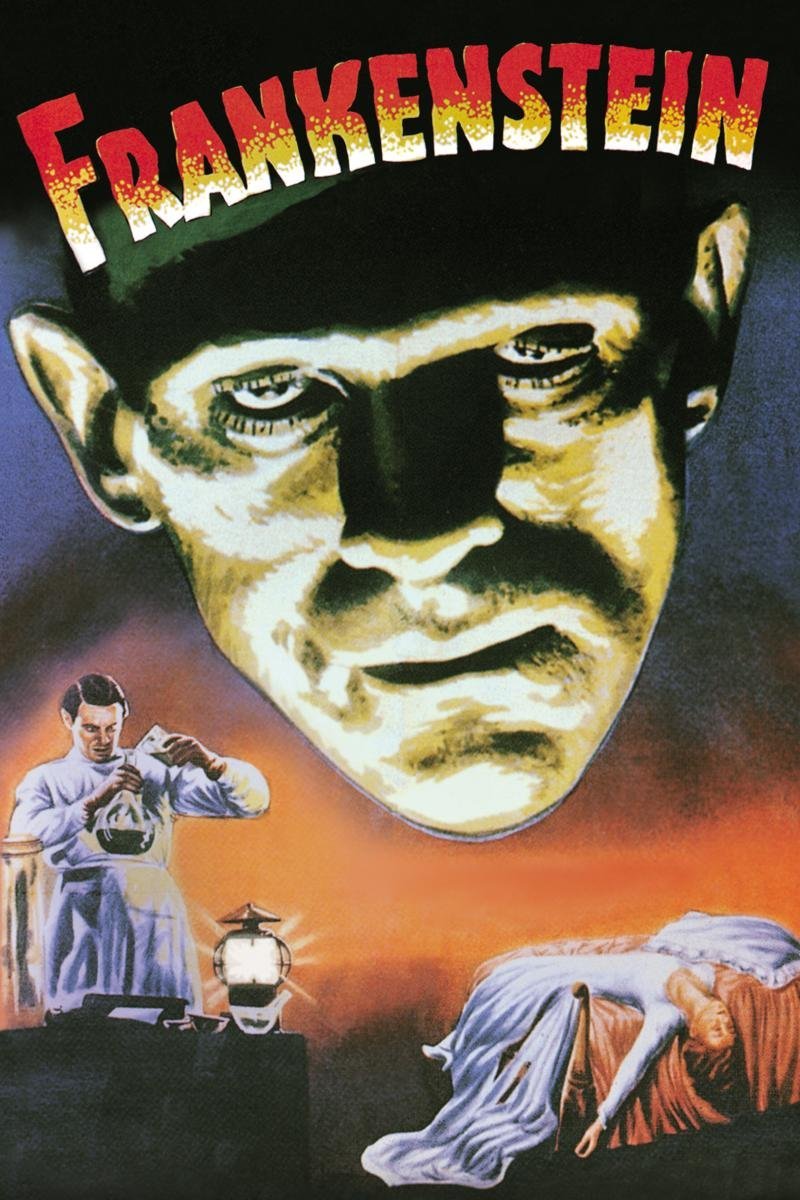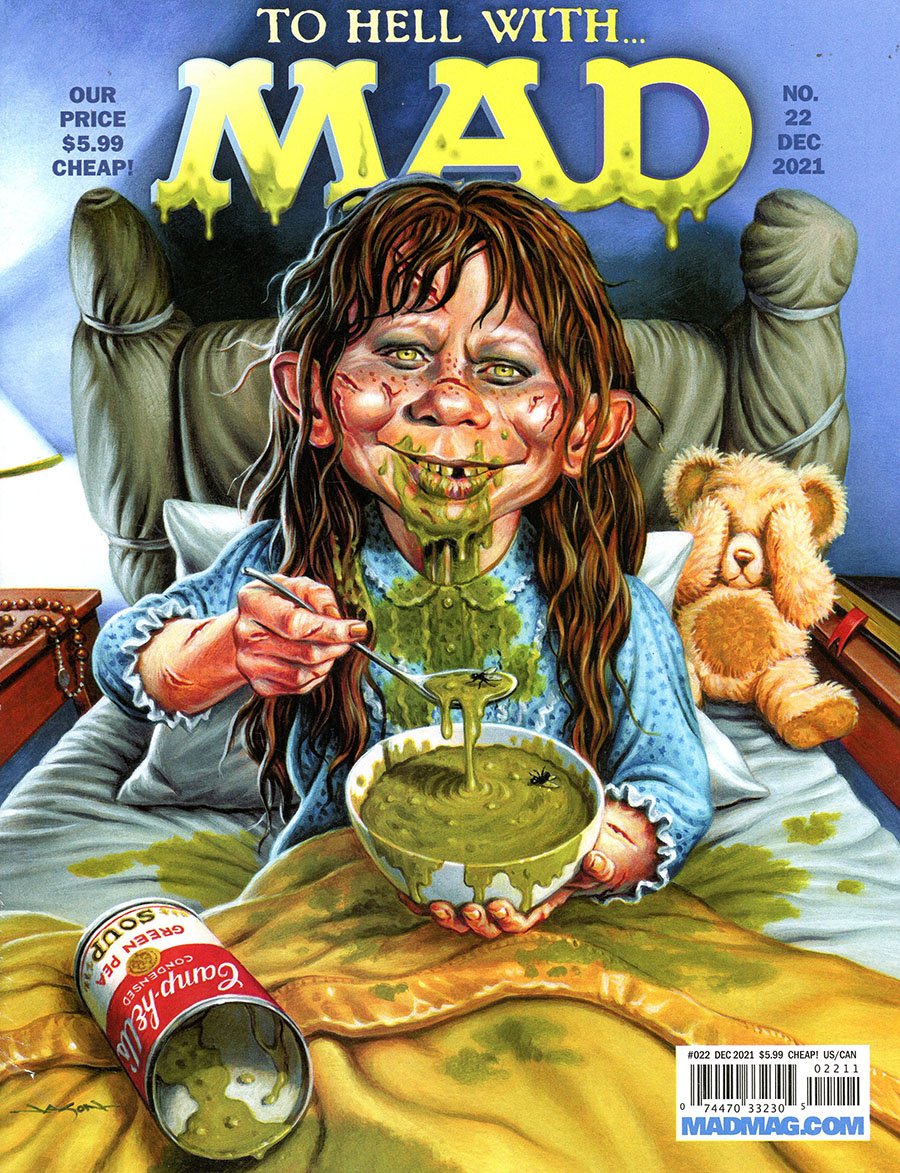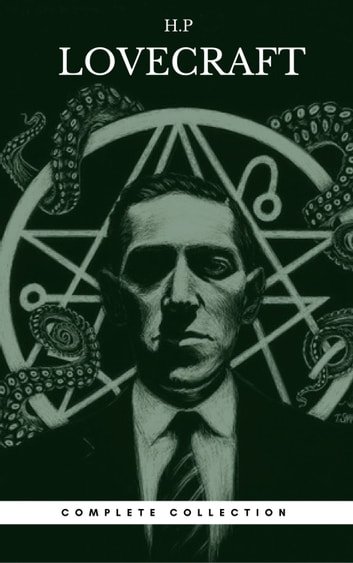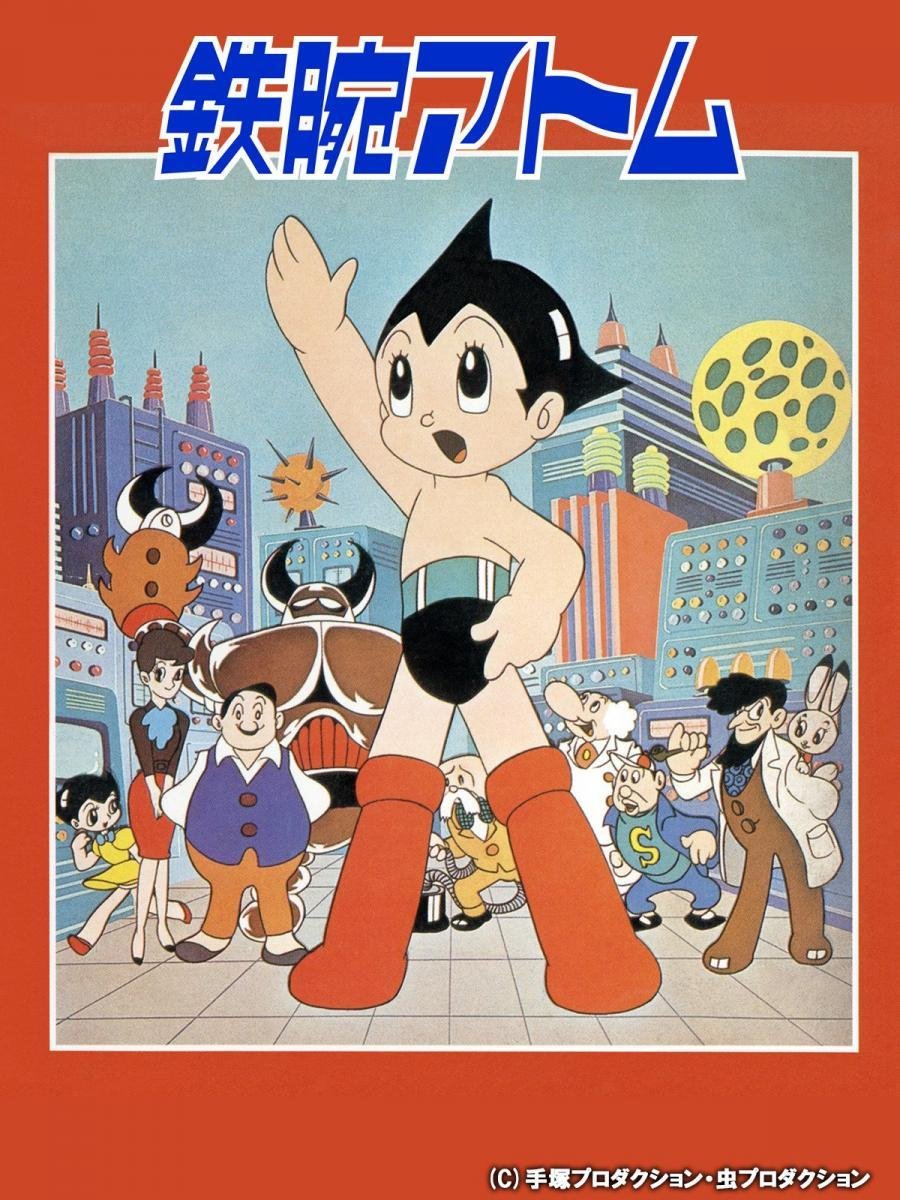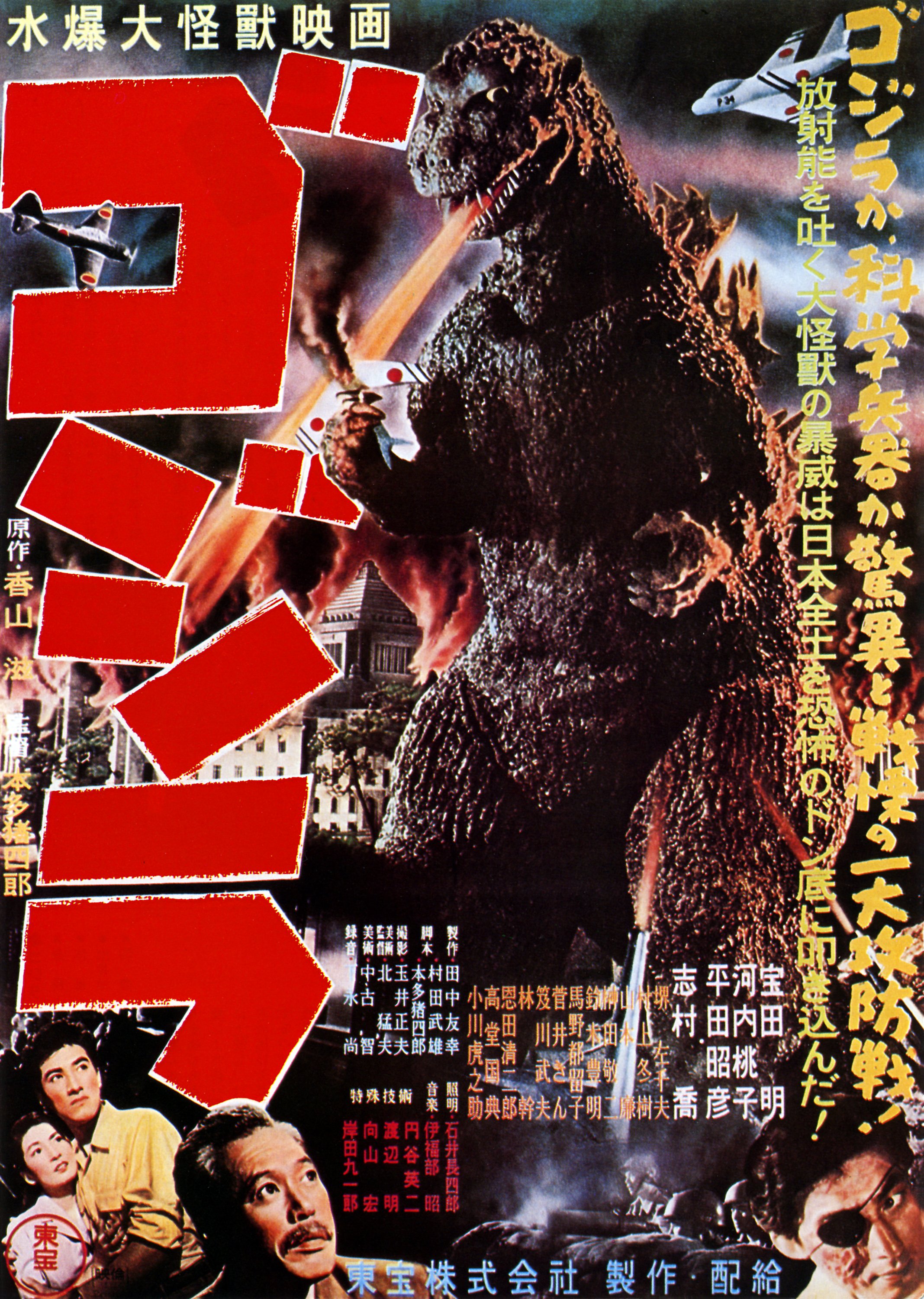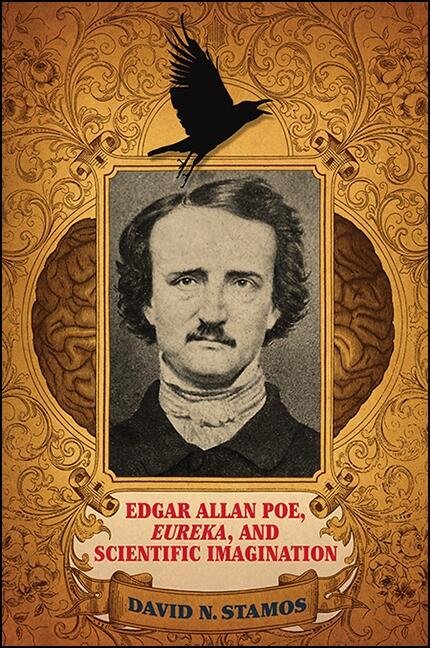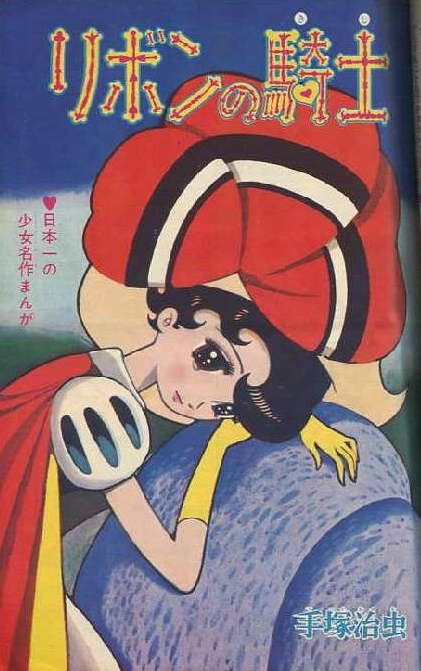GUILLERMO DEL TORO & HIS MANY MONSTERS
A look into Guillermo Del Toro’s mind and his personification of creatures and their stigmata.
Crimson Peak (2015)
When we talk about Guillermo del Toro, it is inevitable not to relate him to the talent in which he tells stories that come from his imagination, as well as the creation of different creatures throughout his career.
This, in part, is due to how he turned monsters and creatures into his friends, to prevent them from tormenting him. He recounts being influenced from his childhood by lucid dreams, where he saw many monsters walking in his room. Guillermo made a pact with the creatures: “stop tormenting me and I promise that I will be your friend”.
Pan's Labyrinth (2006)
From then on, he dedicated himself to capturing them from another perspective, mainly in his filmography.
His initial influences include MAD magazine, stories and movies like Frankenstein, comics, Japanese stories and films like Godzilla, Astroboy and Princess Knight, as well as literary characters like Lovecraft, Allan Poe, Shelley, among others.
He started working in makeup design for 10 years, until he formed his own company, Necropia. That’s where his real passion for designing monsters started.
His stories tell us, generally, another type of perspective, in which the viewer can generate his own consideration, as well as how these creatures can be friendly and how to appreciate his particular grace.
His initial project, Chronos (1993), shows a different approach to the perpetuation of life, as in vampire stories. We are used to seeing vampires as selfish, wise, seductive and opportunistic beings, already several centuries into their long life, the result of a life in which the end is not in sight; but we never see the human that was there previously, their transition and adaptation to a new lifestyle that, in this case, they did not decide to start, and how despite becoming a being that humanity considers "horrible" or "bad", he does not stop having his individuality, and a close circle that will offer him love and support. He gives us the idea that if, by chance, someone we love becomes something that society rejects, we could still love them and we will have them close to us.
Cronos (1993)
Later in his filmography, Mimic (1997) gives us a focus on what humans are capable of creating in a pandemic, which will resemble their deepest fears.
He grew into the genre with more liberty after films like Mimic (1997), The Devil’s Backbone (2001) and Blade II (2022) and had a box office hit with Hellboy (2004), the adaptation of Frank Miller's comic, where we also see a humanized version of this diabolical character, literally.
Pan's Labyrinth (2006), can be considered the ultimate icon of Del Toro's imagery in cinema.
In this film, we realize that Guillermo, besides knowing how to create monsters, can make them portray different human personalities. In this movie, he assigns a metaphor to magical beings that resemble society. Where a monster can become a guide in life, and a human being, in this case the stepfather, can be the real villain of the narrative.
Mimic (1997)
The Devil’s Backbone (2001)
Horror has long been the underdog of film genres. Many avoid belonging to this type of cinema due to the prejudices of the public and critics, in which a horror movie cannot touch on political or social issues, much less to manifest an ideal. It is usually seen as a type of cheap entertainment. But it can be the opposite. Horror can be the way a story is told, and not the definition of the movie as a whole. In the Shape of Water (2017), we establish affection with a creature that, although it does not stop having attitudes typical of a monster, like eating a cat or biting off a finger, we can empathize with it. A love story, whatever kind of love you want to attribute to it, is told through the horror of the creature alienated from humanity.
Pan's Labyrinth (2006)
Blade II (2002)
In general, Del Toro makes it clear that, in his stories, the monsters are the humans, and that can be taken into any context and perspective of life.

